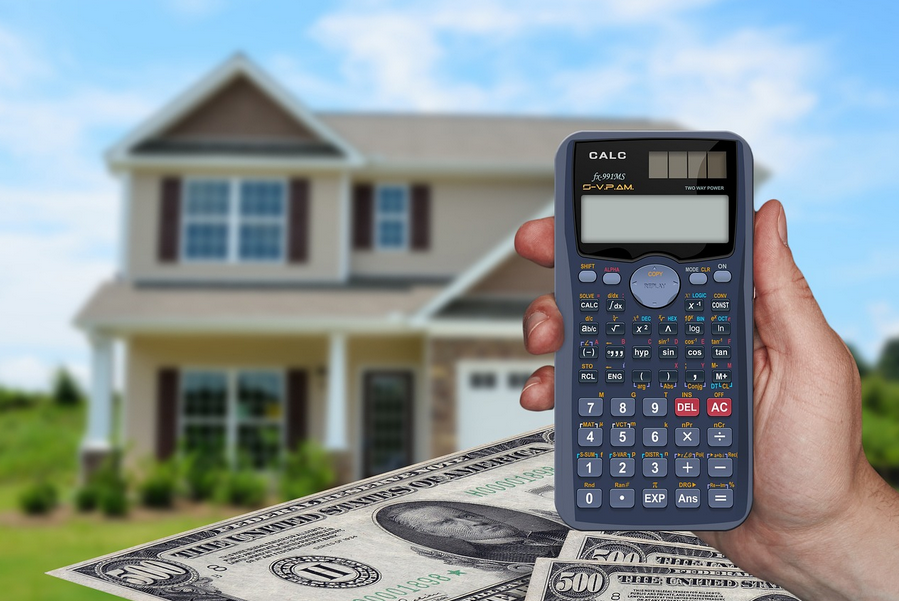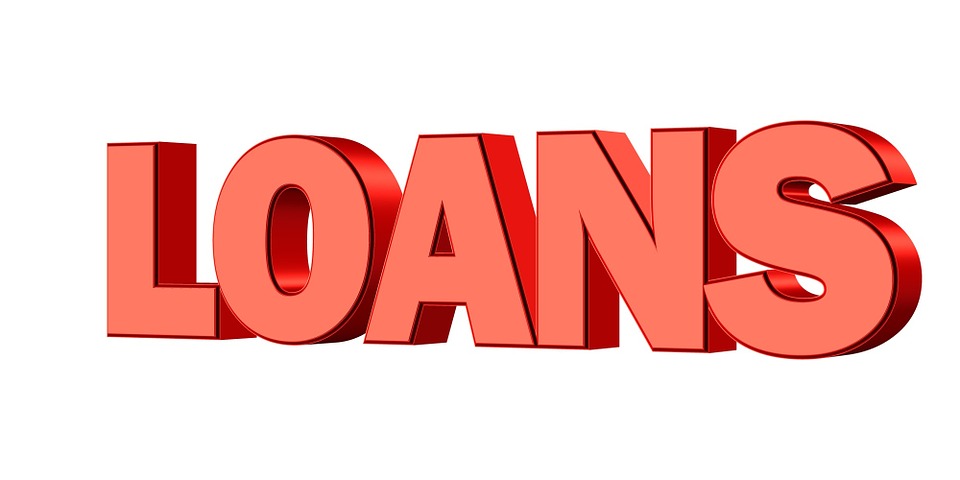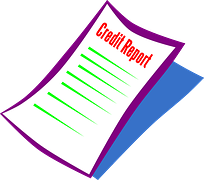Home repairs and renovation projects are a great way to enhance your living space and increase the value of your property. However, these projects often come with a substantial price tag, especially if you plan to sell fire damaged property. If you don’t have the cash on hand, there are several loan options available to fund your home improvement endeavors. In this article, we will explore the best loan options for home repairs and renovation projects.
Home Equity Line of Credit (HELOC)
A Home Equity Line of Credit (HELOC) enables it to borrow against the equity in your home. It functions like a credit card with a revolving credit limit, and you can draw funds as needed. HELOCs typically have lower interest rates than personal loans or credit cards, making them an attractive option for substantial renovation projects. However, they use your home as collateral, so be cautious about repayment.
Home Equity Loan

A home equity loan, also known as a second mortgage, provides a lump sum of money with a fixed interest rate. It is secured by your home’s equity, making it a reliable option for financing home renovations. Home equity loans are suitable for one-time projects with defined costs like a kitchen remodel or roof replacement.
Personal Loan
Personal loans are unsecured loans, meaning they do not require collateral. They are suitable for smaller home improvement projects and typically have fixed interest rates. Personal loans offer flexibility and quick approval and can be used for various renovation needs. Your credit score plays a significant role in determining the loan’s interest rate.
FHA 203(k) Rehabilitation Loan
The Federal Housing Administration (FHA) offers the 203(k) rehabilitation loan program for homebuyers or homeowners looking to finance both the purchase and renovation of a property. This program combines the cost of the home and renovation expenses into a single mortgage. It’s an excellent option for those who want to buy a fixer-upper and customize it to their liking.
Cash-Out Refinance
A cash-out refinance features replacing your current mortgage with a fresh one for a higher amount than you owe on your home. The difference between the new loan and your old one is given to you in cash, which can be used for home repairs and renovations. This option offers relatively low-interest rates but extends your mortgage term.
Energy-Efficiency Improvement Loans
For energy-efficient upgrades, consider loans or programs specifically designed for this purpose. Programs like the Property Assessed Clean Energy (PACE) program or energy-efficient mortgages provide funds for projects that improve your home’s energy efficiency, such as adding solar panels, upgrading insulation, or installing energy-efficient windows.
Credit Cards

While not the ideal choice for large-scale renovations, credit cards can be useful for smaller projects. Some credit cards offer promotional 0% APR periods for purchases, allowing you to make interest-free payments for a limited time. Be cautious about high-interest rates after the promotional period ends.
Construction Loans
Construction loans are designed for major home renovation or construction projects. They provide funds in stages …



 If your business is caught up in bad credit, then getting a loan from banks and other financing institutions could be a daunting task. In fact, most of them will lock you out. However reputable merchant lenders have this service and will not use your credit history to lock you out. Furthermore, they will not ask for collateral. The only condition businesses will have to borrow at high rates to compensate for the risk taken by the lender.
If your business is caught up in bad credit, then getting a loan from banks and other financing institutions could be a daunting task. In fact, most of them will lock you out. However reputable merchant lenders have this service and will not use your credit history to lock you out. Furthermore, they will not ask for collateral. The only condition businesses will have to borrow at high rates to compensate for the risk taken by the lender.

 involves filling in your business information through their online platform that only takes five minutes.
involves filling in your business information through their online platform that only takes five minutes. As mention earlier that there are no hidden charges, Merchant Money has very clear pricing mechanisms. They use their estimate calculator to assess your business and determine the amount of loan you could receive as well as the rate of interest you will attract fast.
As mention earlier that there are no hidden charges, Merchant Money has very clear pricing mechanisms. They use their estimate calculator to assess your business and determine the amount of loan you could receive as well as the rate of interest you will attract fast.